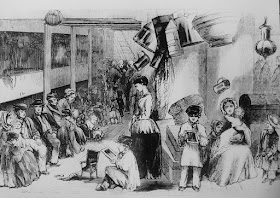Q What’s the difference between a death
certificate and a death notice?
A The SA death certificate is a civil document
usually completed by a doctor. The death notice is a legal document usually,
though not invariably, completed by the next-of-kin; it forms part of the
deceased estate.
More informative than the
death certificate, ideally the death notice should supply the full name of the
deceased, birthplace, parents’ names, deceased’s age at death, occupation,
place of residence, marital status, place of last marriage, names of surviving
and pre-deceased spouses, deceased’s date and place of death and names of
children. Assets in the estate are indicated and whether they exceed a certain
value; it’s also mentioned if the deceased left a will. The document is signed
by the informant, stating if they were present at the death. Note that the
accuracy of the information given in a death notice is in direct proportion to
the knowledge of the informant. Sometimes parents’ names are not given and
reference to birthplace may be vague e.g. England
The only fact stated in a
death certificate which doesn’t appear in a death notice is the cause of death.
Q What about census records?
A This resource, a favourite of those
researching UK UK
census can be useful in conjunction with SA sources: pinpointing the year an
ancestor was last recorded as residing in UK
 |
Emigrants on board the Lady Bruce 1850 voyaging to Natal under the Byrne Scheme |
No comments:
Post a Comment